Description
R.E.A.L. Science Odyssey Astronomy 2 uses labs, activities, and modeling exercises to teach about the universe, Big Bang, the Doppler effect, how elements are made in stars, the solar system, the Earth-sun-moon system, eclipses, and more.
Product Description for Astronomy 2
Grade level: appropriate for 6th – 10th grade
Course type: textbook
Materials: The majority of supplies needed for Astro 2 are commonly found household items. See the Supplies tab for uncommon items.
RSO Astronomy 2 Course Description
RSO Astronomy (level 2), written by Blair Lee M.S., is a comprehensive astronomy course at the middle school- to high school-level (grades 6 through 10). But unlike many science textbooks, RSO Astronomy 2 is not a dry collection of facts and worksheets but rather an in-depth course that engages young people’s minds at the same time that they are actively participating in the learning of astronomy.
RSO Astronomy 2 has been created specially for home and small group use. The course assumes no science background for teacher or student, and there’s no need for an expensive laboratory. Astronomy 2 uses natural settings that encourage students to explore the world and the sky around them. The materials needed for labs and activities are commonly found items.
The course is contained in two books (student text and teacher guide). The student text starts each chapter with an entertaining written lesson that is followed by several components intended to reinforce the lesson, address the needs of different learning styles, and engage students in hands-on learning and research. These components include lab sheets, lab reports, problem sets, activities, famous science research assignments, poetry, quizzes, and tests. The teacher guide provides all the help a science novice needs to assist her student including suggested course scheduling, summaries, additional material and explanations, sample reports, learning objectives, answers and suggestions, and test answer keys. Divided into 12 chapters, Astronomy 2 provides a complete semester-long astronomy course that is generally completed in 12 to 16 weeks. Some lab work, such as monitoring the sun and the moon over an extended period of time, is continued after completion of the main course.
There are dozens of articles about teaching & learning science on the SEA Homeschoolers blog.
RSO Astronomy 2
Universe and Cosmology
- Light-year and astronomical unit
- Electromagnetic radiation and spectrum
- Tools of astronomy
- Space exploration
- Scientific modeling
- Enormity and size of the universe
- Big bang model and theory
- Doppler effect
- Origin and structure of matter and elements in the universe
- Black holes
- Dark matter
- Properties of light
- Structure, types, and origin of stars
- Law of universal gravitation
Our Solar System
- Timeline of formation
- Structure
- Nebular hypothesis
- Conservation of momentum
- Heat transfer
- Life cycle of the sun
- Structure of the sun
- Planetary motion models (history)
- Kepler’s laws
- Newton’s laws
- General theory of relativity
- Accretion model
- Properties of the rocky planets
- Properties of the gaseous planets
- Planets’ moons
Homeward Bound
- Shape of Earth
- Mapping a planet
- Interpreting topographic maps
- Formation and structure of early Earth
- Earth’s rotation, tilt, and revolution
- Earth-sun-moon system
- Cause of the seasons
- Moon formation and structure
- Tidal effect of the moon
- Eclipses and moon phases

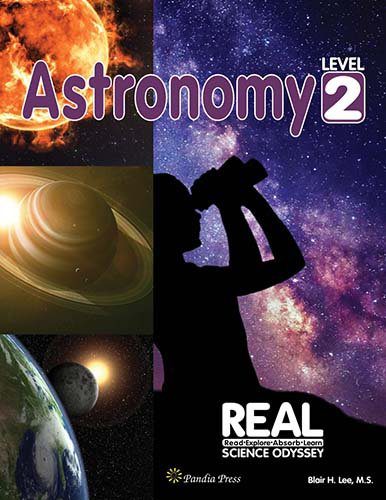
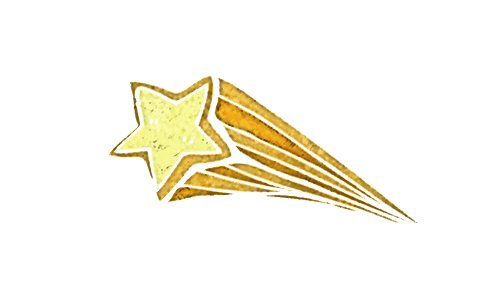
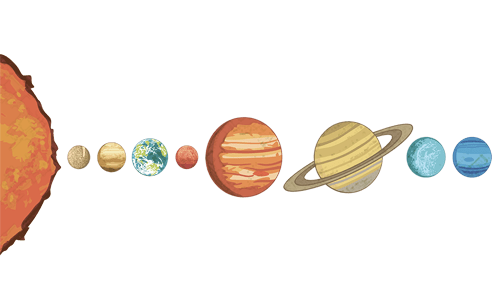
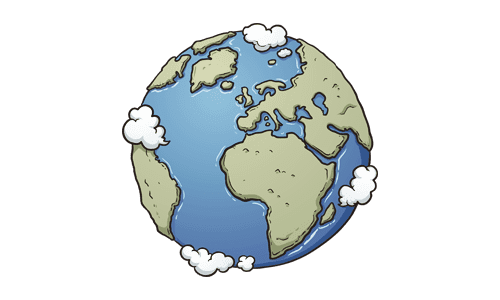
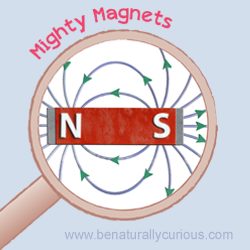
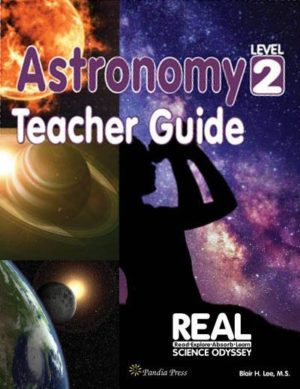
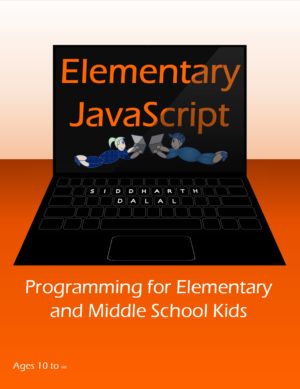

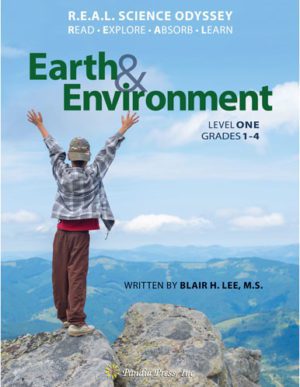


Reviews
There are no reviews yet.